Amsterdam is the capital of the Netherlands Kingdom and is one of the most popular tourist places in Europe. Amsterdam is a maze of canals, a city packed with research institutes, academies and universities, museums, theaters and plenty of other entertainment venues; in short, Amsterdam is the cultural center of the Netherlands. Look at an aerial view of the city and you will see the numerous historic homes, laid out concentrically in a fan shape, constructed on piles driven up to 18 meters down, through mud to firm sand. In a space of 2000 acres, there are more than 6500 buildings, ranging from the 16thcentury to the 18th. 160 canals crisscross Amsterdam, each home to untold numbers of houseboats. Bridges link the 90 islands of the city, 8 of them being wooden bascule bridges, the most photographed of which is the Mager Bridge. So, where to visit? Amsterdam has many tourist spots, but some stand out above all others.
- The Rijksmuseum
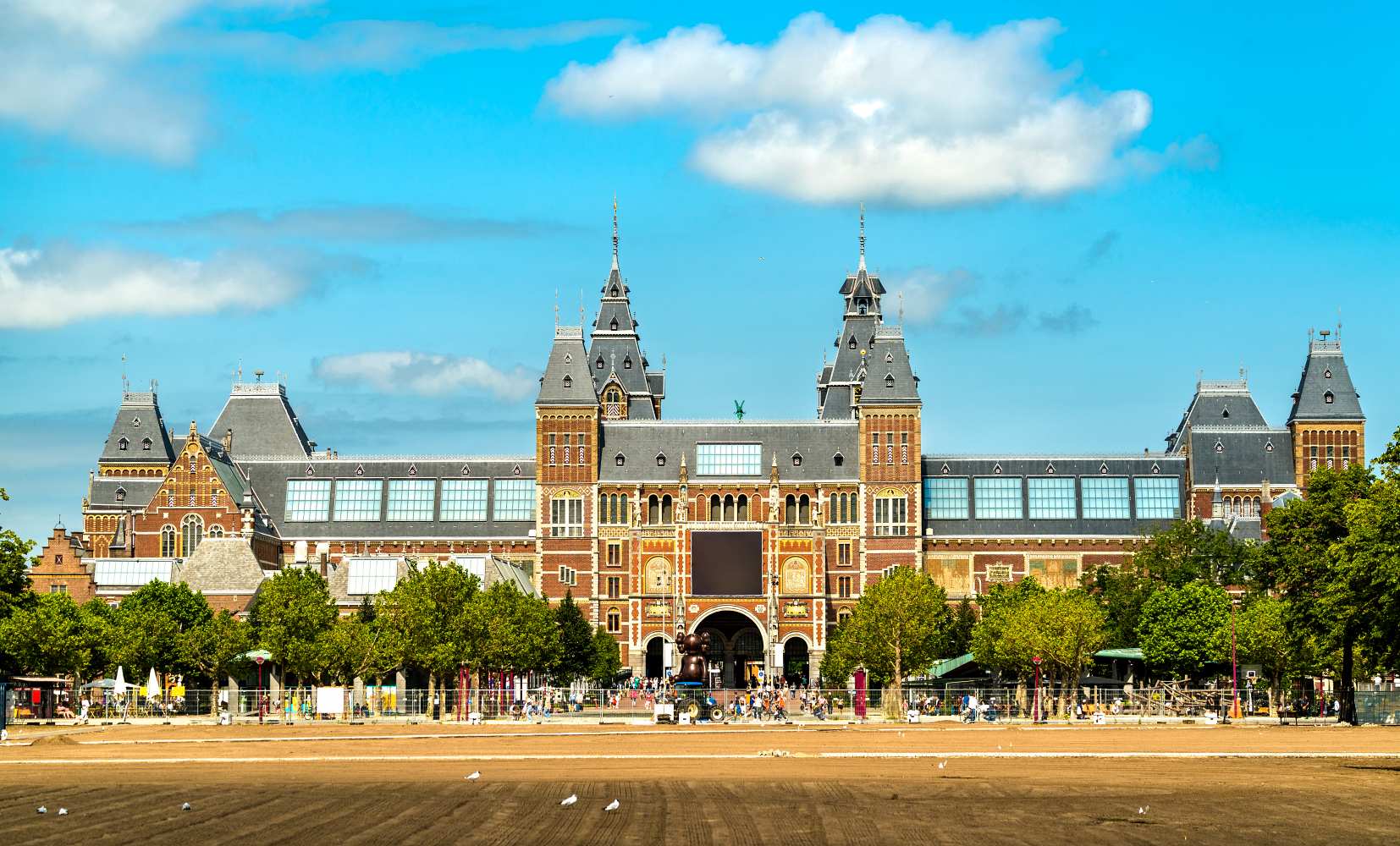
The Rijksmuseum is one of the most popular tourist attractions in Amsterdam and is most certainly the most important of all repositories for art. The museum was founded in 1809 as a place to house the massive collection of antiquities and rare art. The collection includes more than 7 million works of art, including over 5000 of the most important paintings. These are spread out among the 250 rooms of the museum building, together with a library with over 35,000 manuscripts and books, and a number of depictions of the art and cultural development in the Netherlands. Well worth making time to see are the displays of traditional handicrafts, modern art, and medieval sculptures. Tours can be taken with an English-speaking guide if required and, to make the experience really stand out, take an Art History cruise past many of the sites that the collections of art represent.
- The Van Gogh Museum
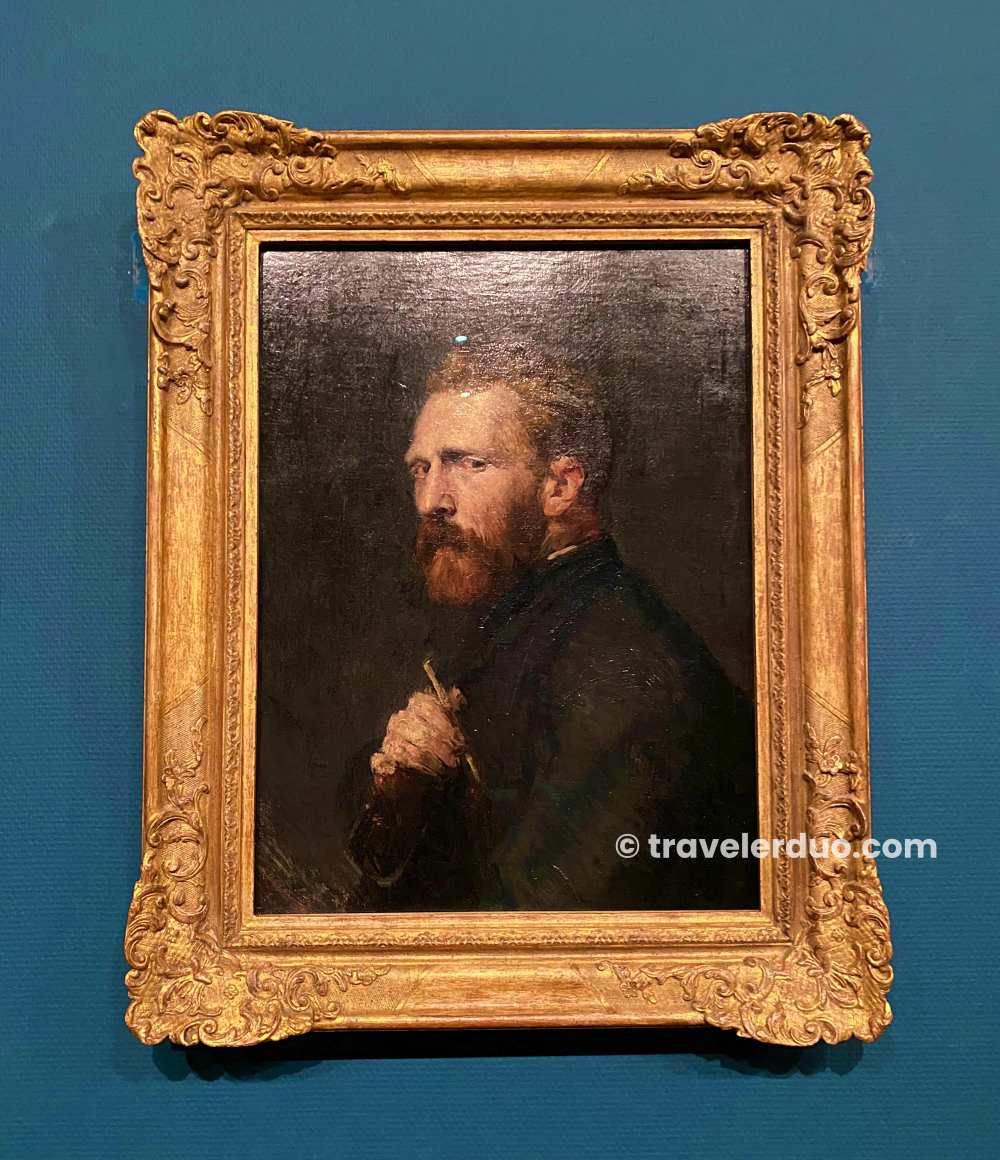
Vincent Van Gogh is perhaps one of the only 19thcentury artists to have captured the imagination. His life was one of the most tragic and whether it is down to that or down to his talent, the Van Gogh Museum receives more than 1 ½ million visitors every year. As well as being the second most visited, the Van Gogh Museum is thought to be one of the most important art galleries in the world. It was opened with a huge fanfare in 1973 and is home to the largest collection on the world of Van Gogh paintings – there are over 200 paintings, 700 letters written by Van Gogh and 500 drawings, alongside other materials and works from his contemporaries. Audio guides and mobile phone apps are available in English if needed.
- Canals of Amsterdam
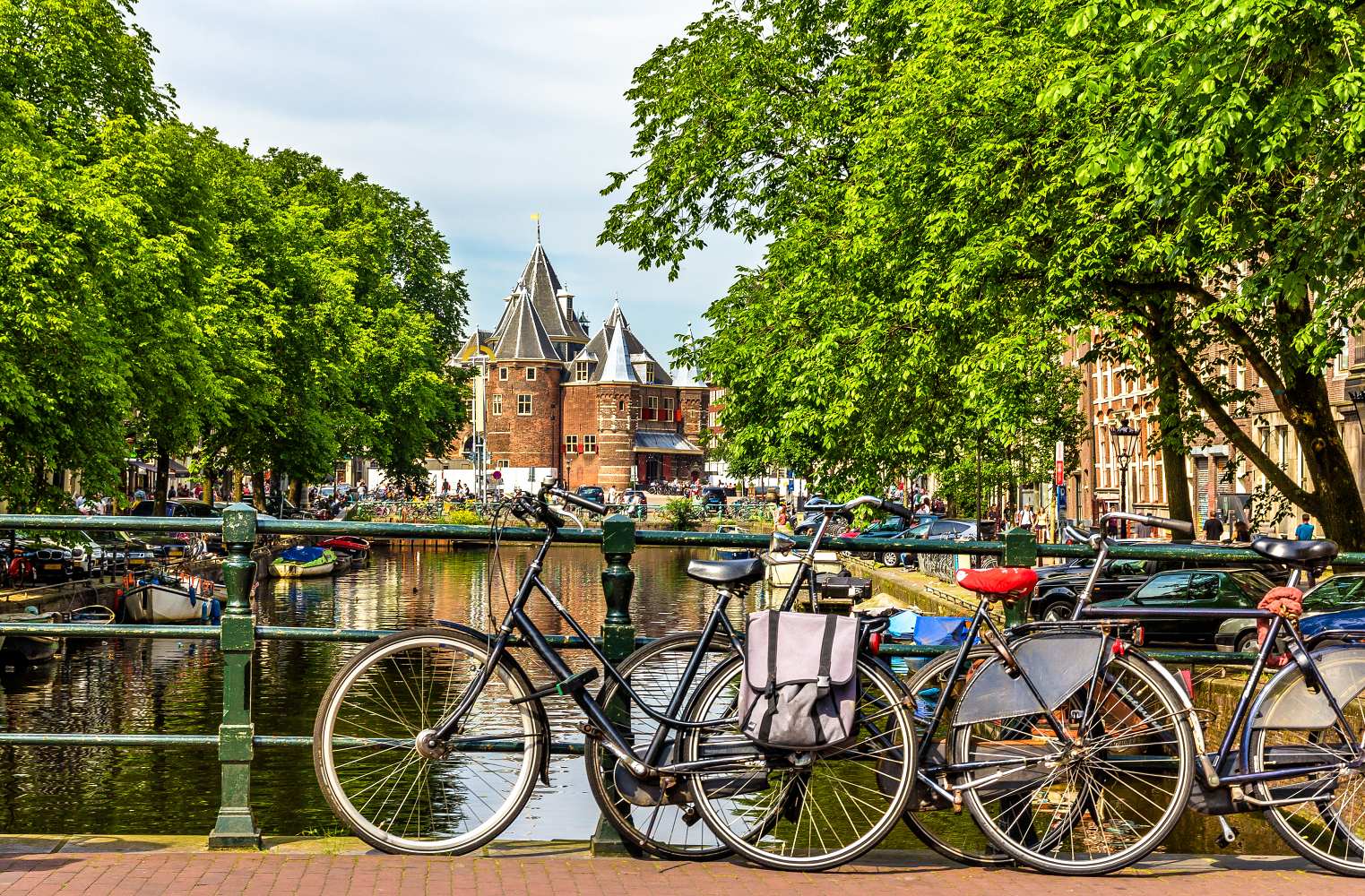
Canal cruises are still the most popular attraction in Amsterdam, especially for those who have never visited the city and want to see it from a different perspective. In 2013, the Amsterdam canals turned 400 and there were plenty of festivals to help celebrate. While you contemplate a Canal Cruise, cast your eye over these fun facts:
- Amsterdam started life in the 12thCentury as a fishing village and was named after the Amstel River and the dam that was constructed in 1220 to stop the South Sea from flooding the village. The original name, Amstellodamus, eventually evolved to become Amsterdam
- The canals cover around 60 miles and there are about 165 canals. In 2010, the canal ring became a UNESCO World Heritage Site.
- The South Church was painted by Monet on many occasions. It was built between 1603 and 1611 as the first church to provide protestant services in the country.
- The tilted houses that you see are called Dancing Houses. They wore originally built for the wealthy merchants and bankers, doubling up as both home and workplace. Unfortunately, the soil beneath them was too swampy and the houses were built on stilts; they wobbled, and they started to sink, leaving them tilted permanently.
- There are 1281 bridges in Amsterdam and the Blue Bridge is one of the most famous. Venice, the original Canal City, has just 409.
- The Magere Bridge is the most famous and the drawbridge is raised every 20 minutes, so ships can pass.
- There are around 2500 houseboats and there is a kind of HOA that governs the laws pertaining to the boats; for example, wooden houseboats must be painted every three years. Many of the houseboats have been floating for over a hundred years and there are a few different types. The concrete houseboats are sought after because they don’t need to be repaired. While most of the houseboats are privately owned by residents, there are some houseboat hotels, you can rent a houseboat and you will even find a Houseboat Museum
- At one time, Amsterdam was once surrounded by walls that were designed to defend against attacks. While they were mostly torn down during the 19thcentury, you can still see the remains when you cruise the canals.
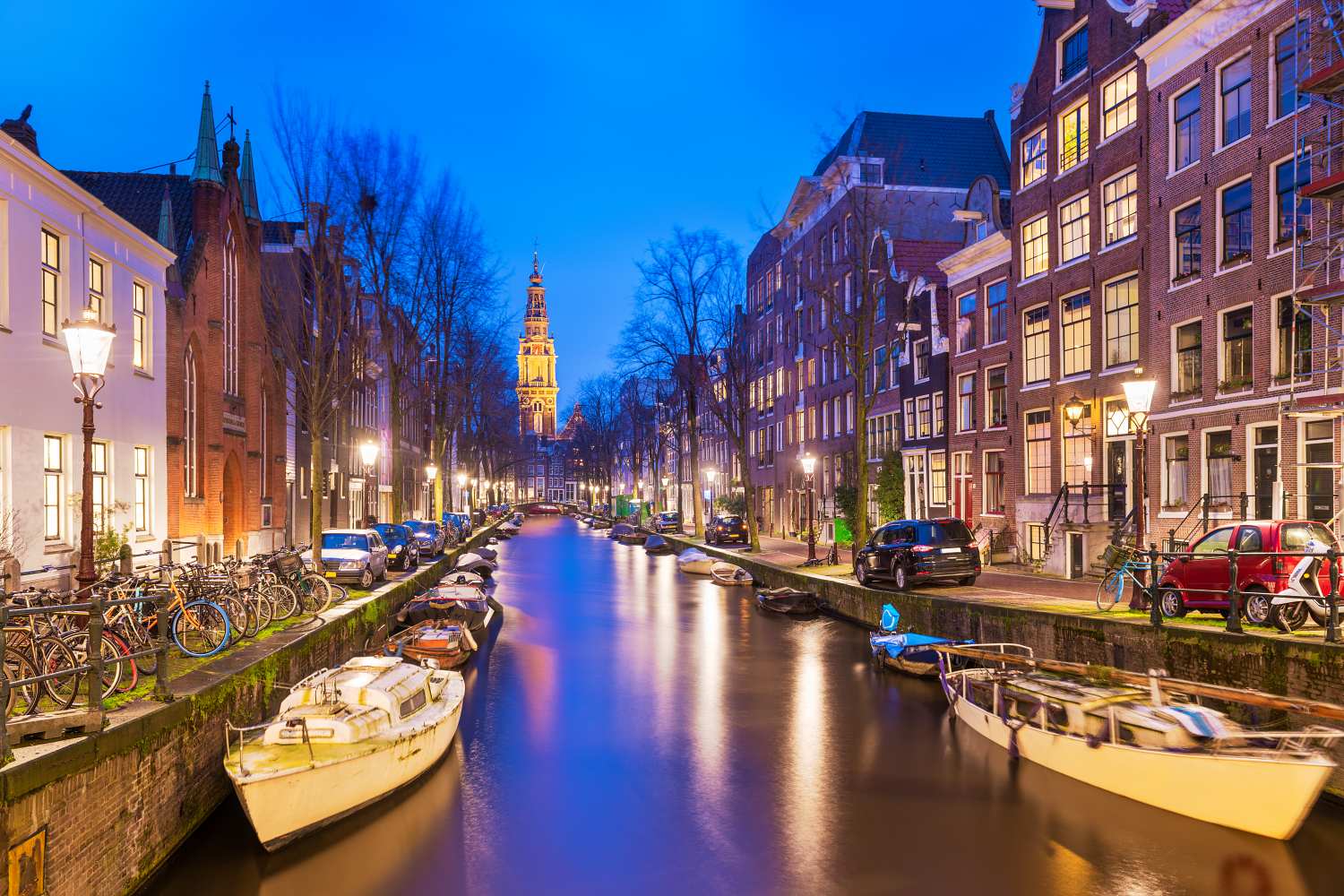
There are three main canals that form a concentric belt around Amsterdam. The Prinsengracht, the Herengracht and the Keizersgracht area collectively known as the Grachtengordel and were all dug during the Dutch Golden Age in the 17thCentury
- Volendam
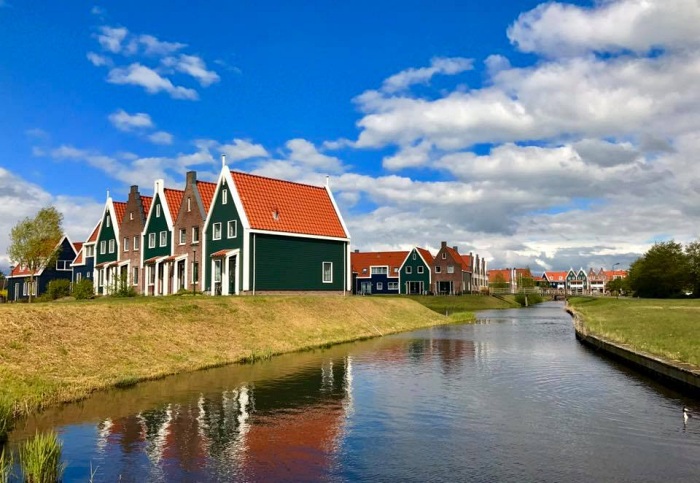
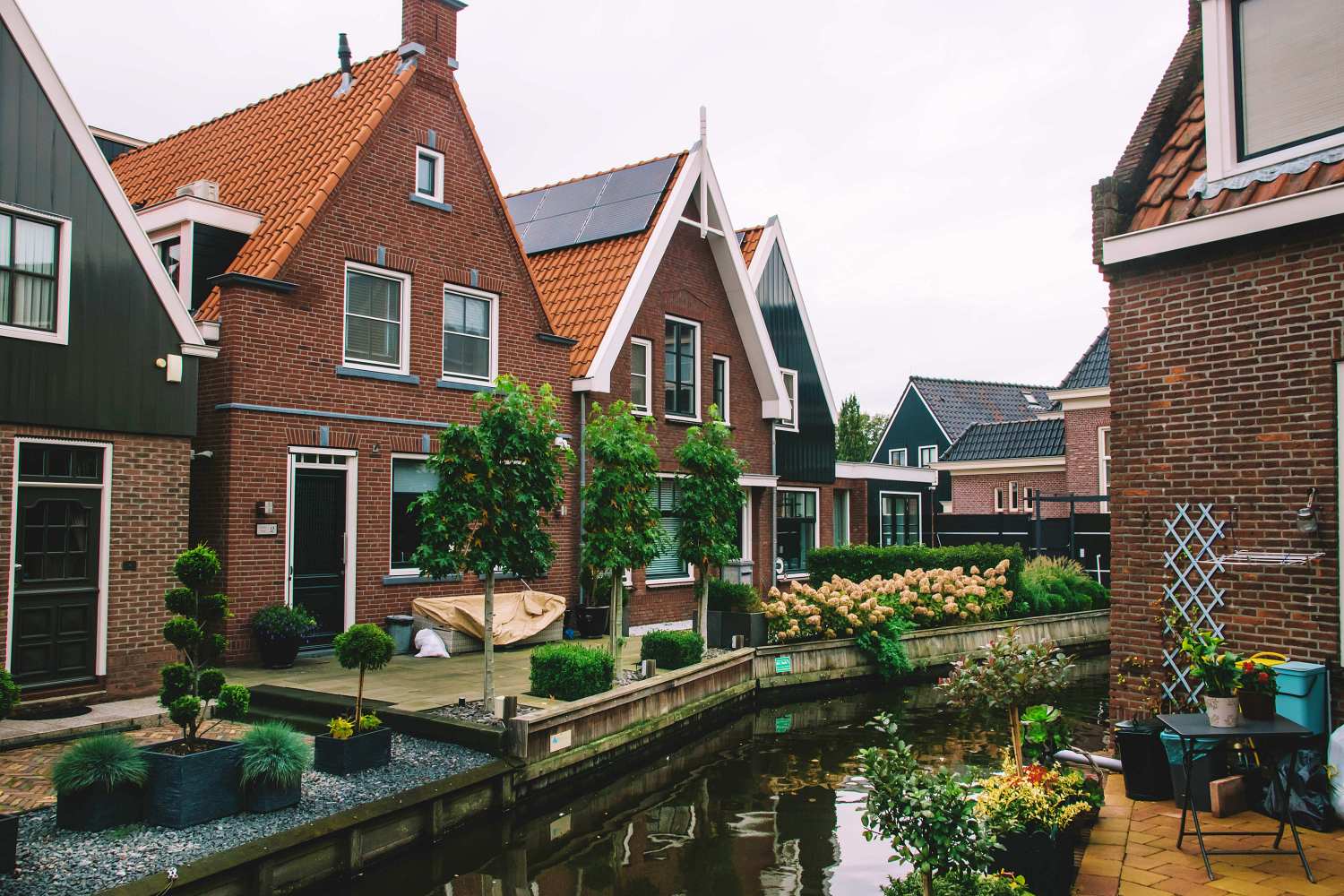
Volendam lies a little way out of Amsterdam, on the edge of the Ijsselmeer lake. It is an old fishing village that has an amazing harbor, great fishing trade and is steeped in history. The villagers still wear the traditional Dutch clothing and display an authentic character. The houses are well worth a look and the village is best explored on foot. Wander through Het Doolhof or along De Dijk, two of the old Volendam quarters that are a maze of streets, much visited by artists and painters for centuries. You should also visit the Palingsound Museum to learn about the traditional way of smoking eels or the Volendam Museum to learn the rich and varied history of Volendam. There are plenty of restaurants and cafes where you can try traditional cuisine, including fish and you can have your photo taken wearing traditional clothing.
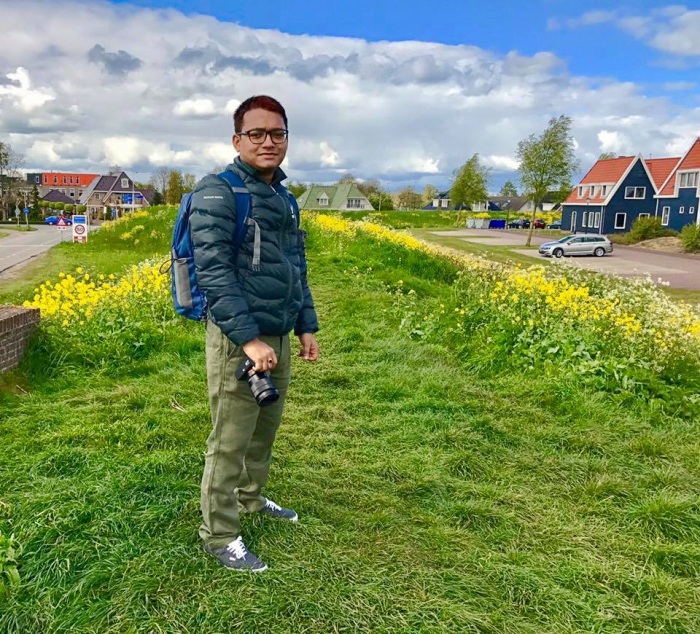
- Keukenhof

Keukenhof is a flower-lovers paradise, full of tulip blooms and other flowers that Holland is famous for, It is the largest and the most famous of all the flower parks in the world and is very close to Amsterdam. Known as The Garden of Europe, more than 7 million bulbs are planted every year in the park which was established back in 1949 by the Mayor of Lisse. The idea behind the park, situated on a 15th-century hunting ground, was to prove an arena for European flower growers to show off their hybrids and to assist with the export industry.
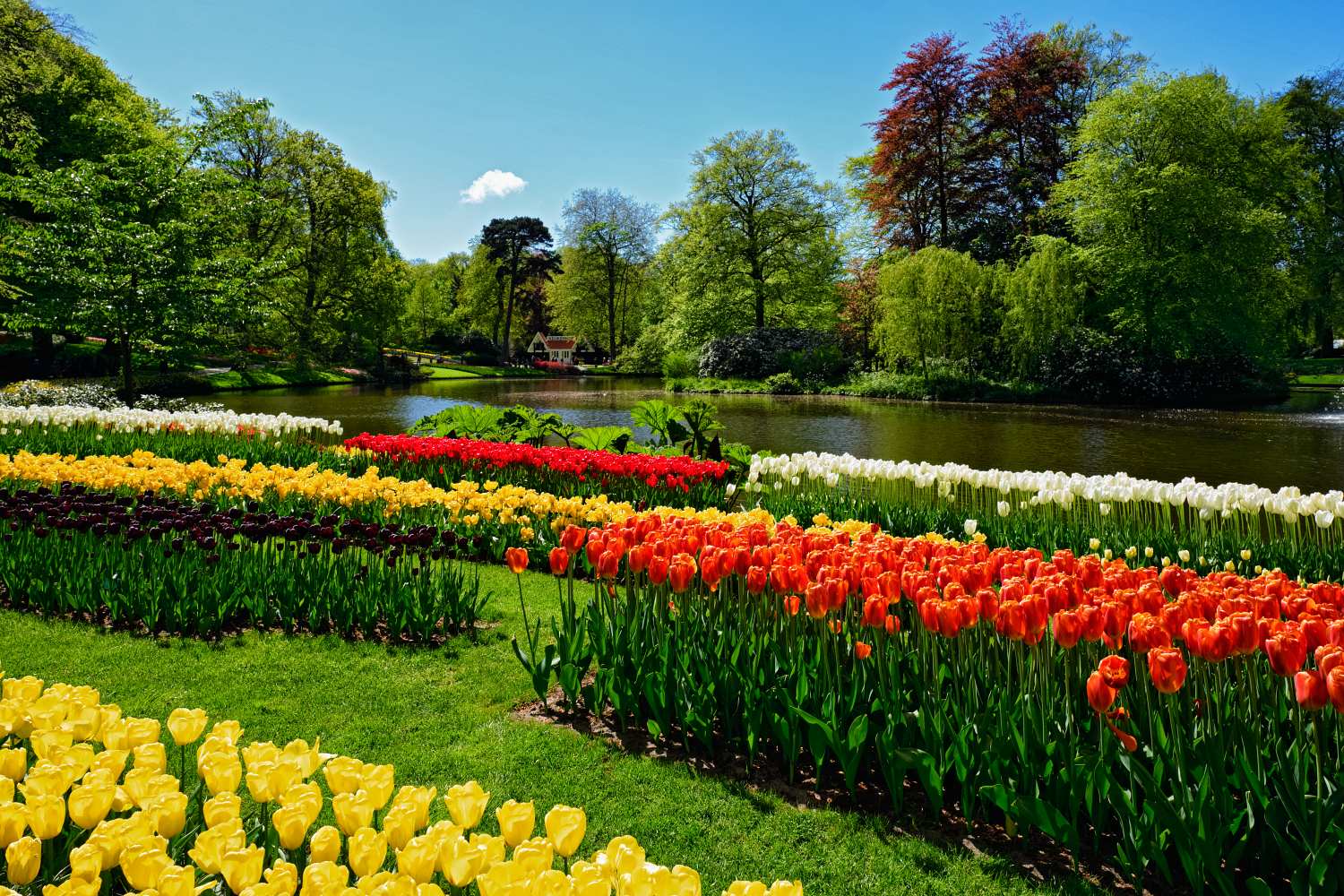
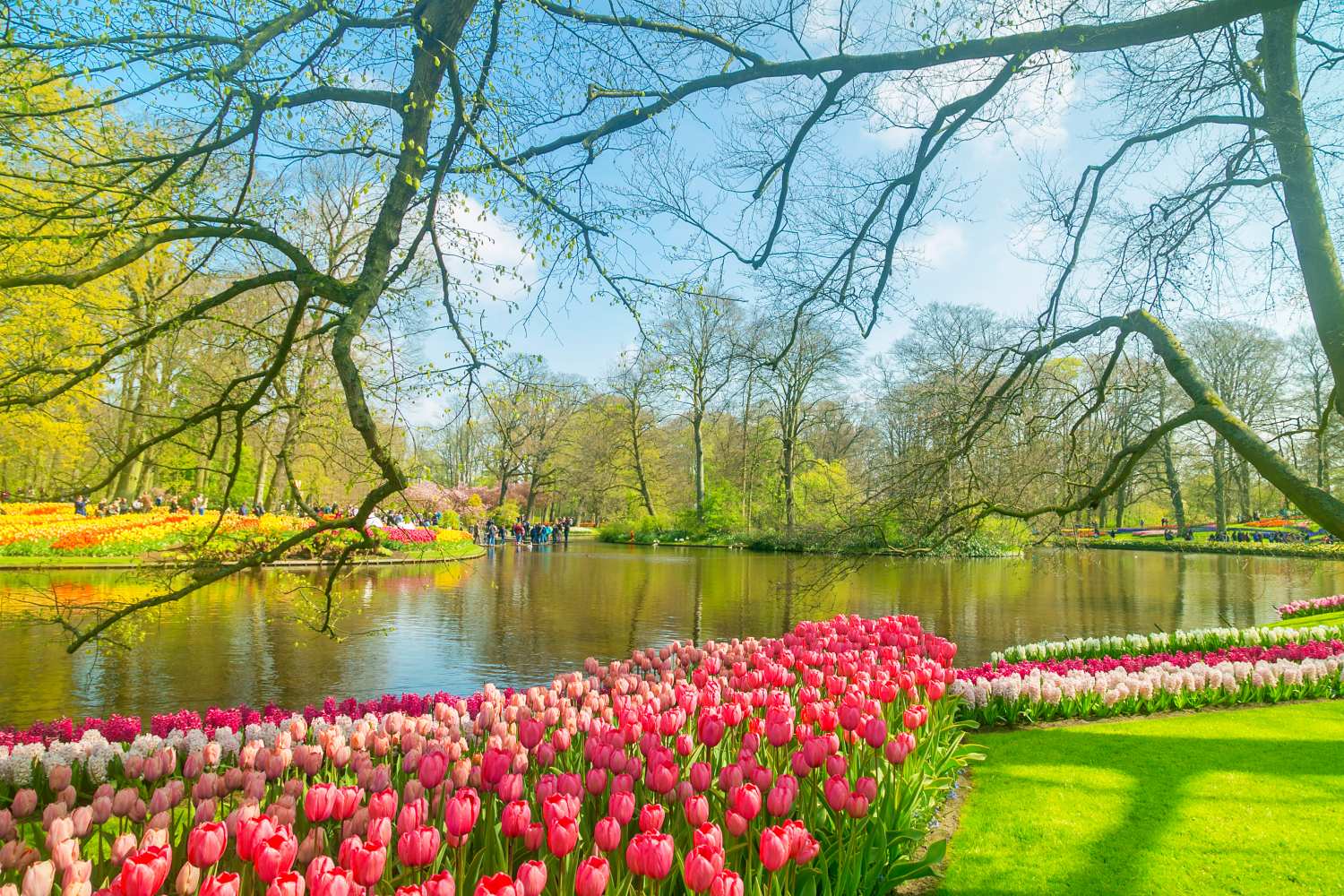
The name, Keukenhof, comes from the castle of Jacqueline, Countess of Hainault’ many of the herbs used in the castle kitchen came from the land.